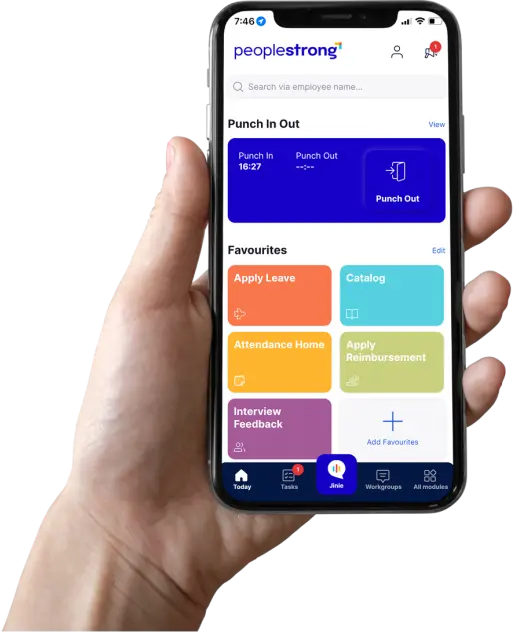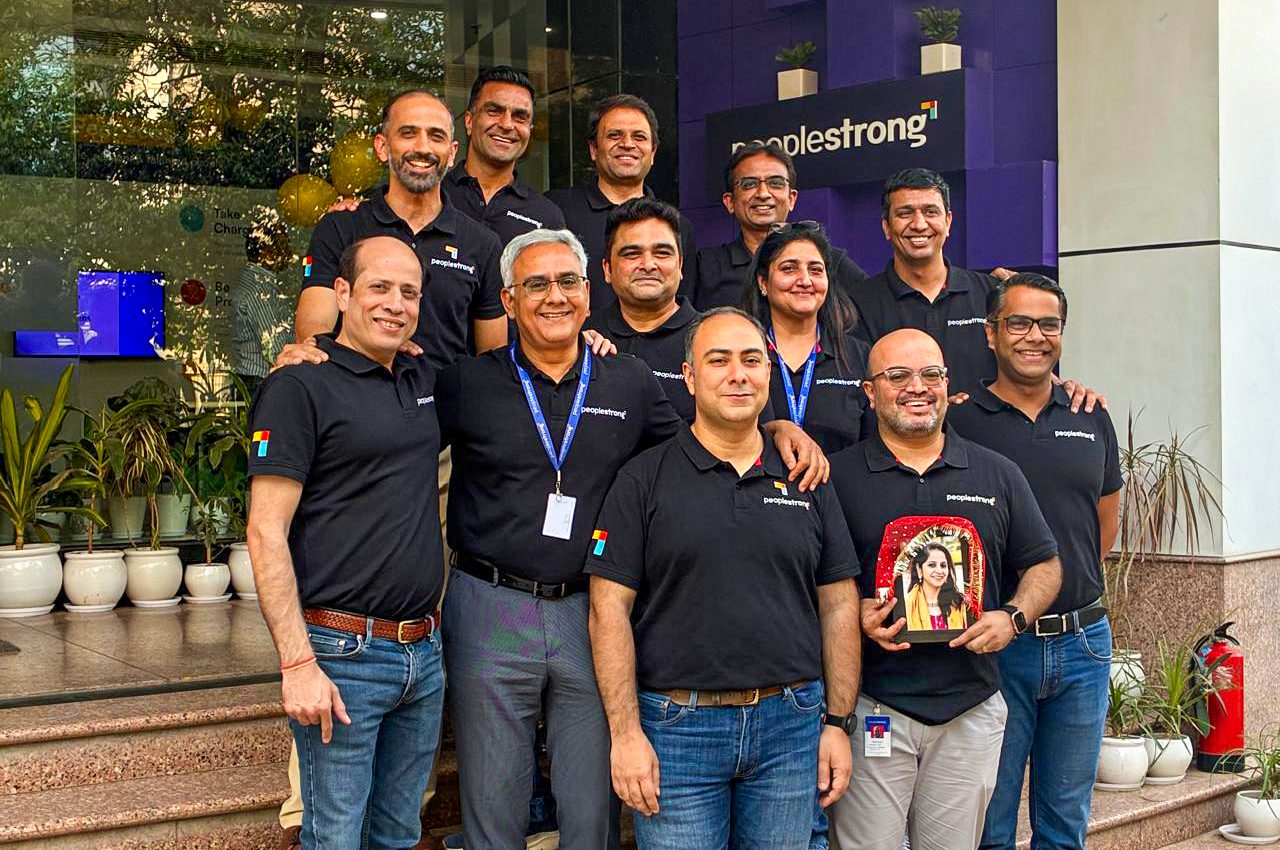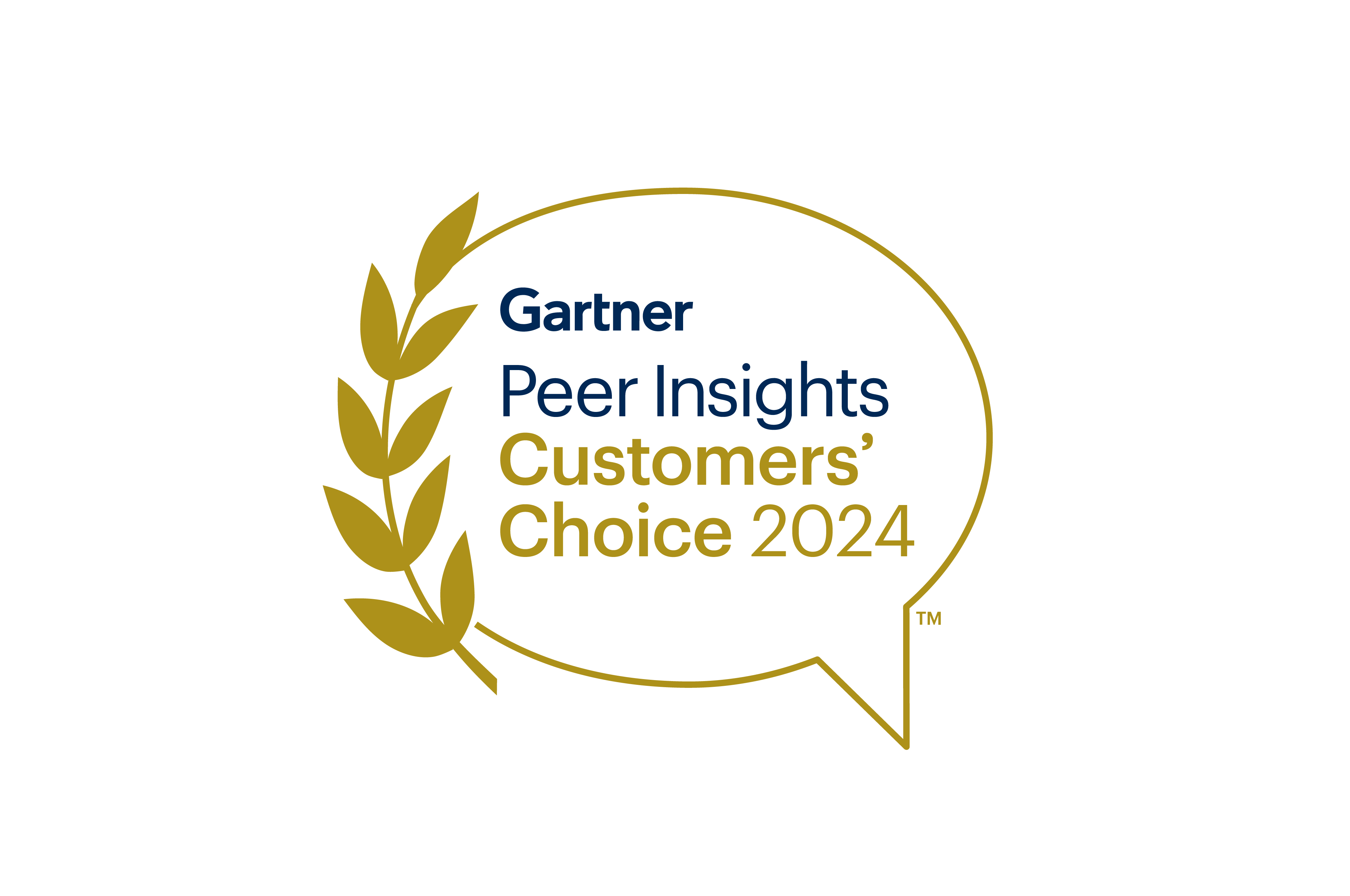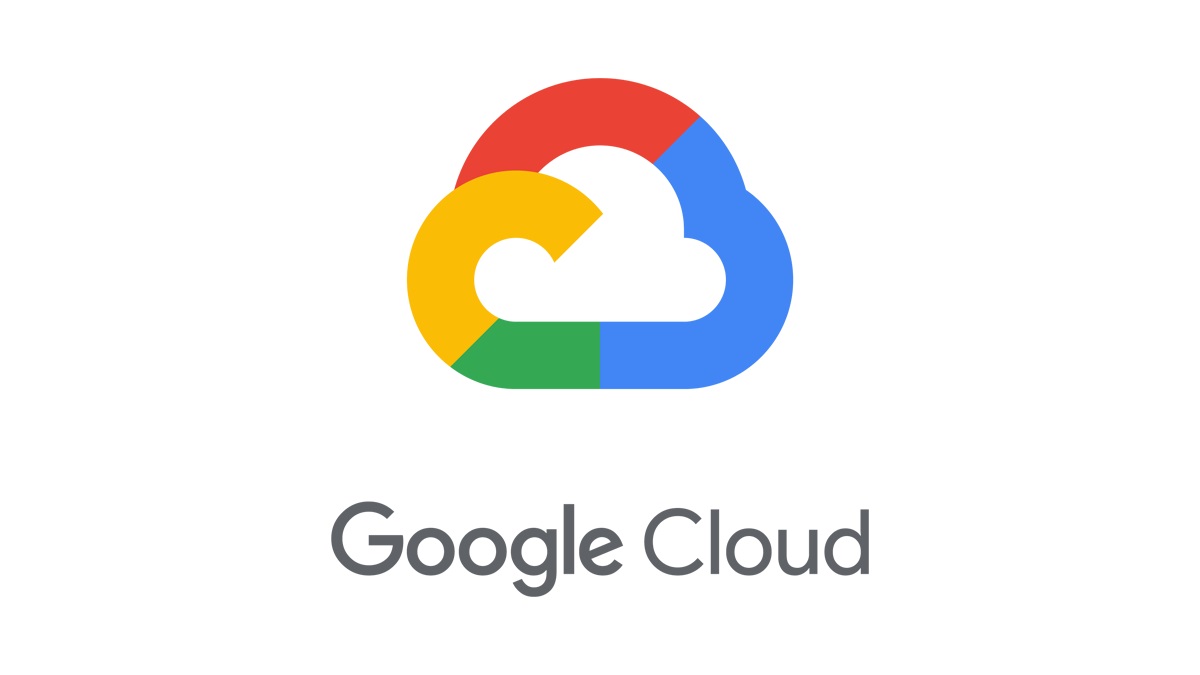Employee performance reviews are essential tools for HR, as they provide a structured framework to assess performance and foster an engaged workforce.
To ensure reviews are focused and productive, they should include measurable goals that align employee objectives with corporate objectives. The feedback should be both honest and constructive, with the policy outlining goals for the upcoming period and strategies for achieving them.
A handy template for an effective performance management policy streamlines the review process and ensures consistency across evaluations. It serves as a guideline for managers to assess performance fairly and objectively while allowing employees to understand expectations clearly.
How this Employee Performance Review Template Will Help
The employee performance review template below will help you to:
- Create consistent evaluation criteria across employees
- Set clear individual goals
- Establish a framework for feedback
- Identify areas for improvement
- Maintain a record of employee performance
Performance Management Policy Template
This template can be customized with company-specific details and further modified to meet legal requirements.
Objective
This Performance Management Policy will help to achieve company’s performance goals.
It is a framework for personal development. It is focused on creating a system in which team members take ownership of planning and managing their careers.
The policy also establishes a methodology of performance feedback and reviews that measure the contributions of our employees.
The Benefits of Our Performance Management Policy
- It ensures team members understand the organization’s policies and procedures for managing performance.
- It gives managers a framework to evaluate performance.
- It guides team members to overcome factors that come in the way of a desired performance.
- It allows the organization to maintain internal and external service and growth.
- It ensures consistency and fairness in the treatment of all team members.
- It enables transparency in communication between the manager and team members.
Scope and Eligibility
This policy applies to all full-time permanent employees across all grades and functions at the organization. It includes those on probation.
The mid-year performance review applies to employees who joined on or before June 30th, and the year-end performance review applies to employees who joined on or before October 31st.
The performance management process applies to all work levels and grades (except for Grade 0).
Definitions
- Performance Management: Performance management is the system that is aimed at enabling individuals at work to perform at their peak. It includes current performance as well as future roles.
- Goals: Goals are those objectives, targets, and plans decided between the manager and the team members. These are to be accomplished within a specific time frame.
- OKRs (Objectives and Key Results): OKR is a metric to define goals and outcomes. Objectives are qualitative in terms of what is to be accomplished. Key results are specific, measurable, and time-bound.
- IDP (Individual Development Plan): These plans are goals related to learning, development, and upskilling. They are created every quarter and encompass learning activities, training programs, and other such activities suited to individual employees.
- Scorecard: Scorecards are used to measure specific parameters related to expected outcomes. For example, productivity, timeliness, and accuracy.
- Check-in: These refer to actions by employees to update their achievements and tasks on the performance system.
- System: The HR technology used to implement the policy.
- Career Progression: Career progression is a measure of the growth of performers that have been identified through the performance management process.
- Performance Improvement Plan (PIP): A tool to provide employees an opportunity to succeed in case of failures to meet goals. It is also used in case of concerns regarding workplace behavior.
Principles of Performance Management Process
The foundation of the performance management process is:
- Effective performance is required of all employees across roles and levels.
- Managers and employees are jointly responsible for improving performance and outcomes.
- Employee improvement, feedback, and development are driven by effective leadership.
- Performance appraisal policy starts with employees understanding how their individual performance contributes to the organization’s overall objectives.
- Failure to meet accepted parameters should be addressed fairly and transparently.
- Training will be provided across all levels to fulfill responsibilities adequately.
Policy and Procedures
Applicability
As indicated above, the performance management process will be driven by individual scorecards, OKRs and IDPs.
These are as per this table:
| Work Level | Applicability |
| WL1 | Scorecard |
| WL2 and above | OKRs and IDPs |
Managers need to share scorecards within the first seven days of an employee’s joining. OKRs and IDPs should be settled within the first 10 days of joining.
Quarterly OKRs and IDPs are to be updated by the first week of each quarter.
Performance Management Process: Scorecards
Scorecards relate to tracking work according to predetermined goals.
The frequency of is as follows:
| Work Level | Scorecard Frequency |
| WL1 | Monthly |
| WL2 and above | Quarterly |
Employees need to update scorecards following a discussion with their L1 manager, who will validate it. The scorecards are checked with teams and sent to the HR department.
The Mid-year Performance Review in November will include scores from April to September. The scores from October to March will be averaged along with Mid-year scores for the Year-end Performance Review in April.
Performance Management Process: OKRs and IDPs
OKRs and IDPs will be created by each employee after consulting their manager in accordance with the performance appraisal policy.
Quarterly OKR and IDP scores are averaged for midyear and Year-end reviews.
Performance Rating System
- OKRs Rating: Depending on OKR scores, the rating scale goes from 1 (does not meet expectations) to 5 (always meets expectations).
- IDPs Rating: Based on IDP completion percentages, with the same scale as above.
Stakeholder Responsibilities
The responsibilities are outlined below according to employee level.
- Function Head: Sets overall goals and tracks progress.
- Practice Head/L2 Manager: Discussed goals and anticipated outcomes.
- L1 Manager: Works with employees for goal achievement and career growth.
- Employee: Discusses and sets IDPs and OKRs. Updates progress periodically.
Performance Improvement Plan
If an employee’s rating is low, a performance improvement plan is implemented in accordance with the performance management policy.
The plan and observation start when the rating is communicated. Reviews occur every 15 days, and face-to-face feedback is provided. In case of lack of progress, the employee is given a notice period for termination.
Consequence Management
Every employee is responsible for adhering to the performance management policy procedures and timelines. Non-compliance will lead to consequences. The objective is to foster a culture that rewards results.












